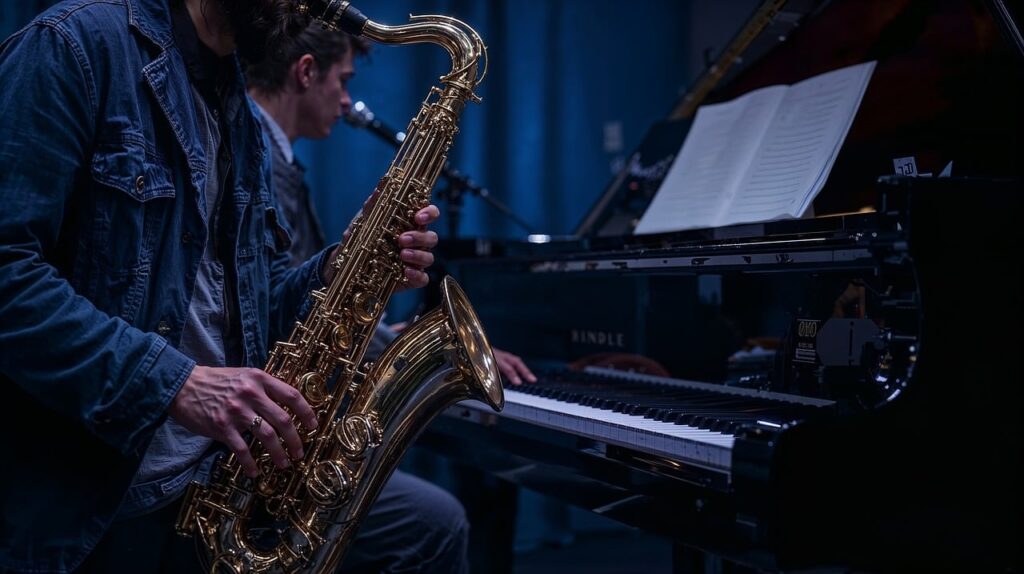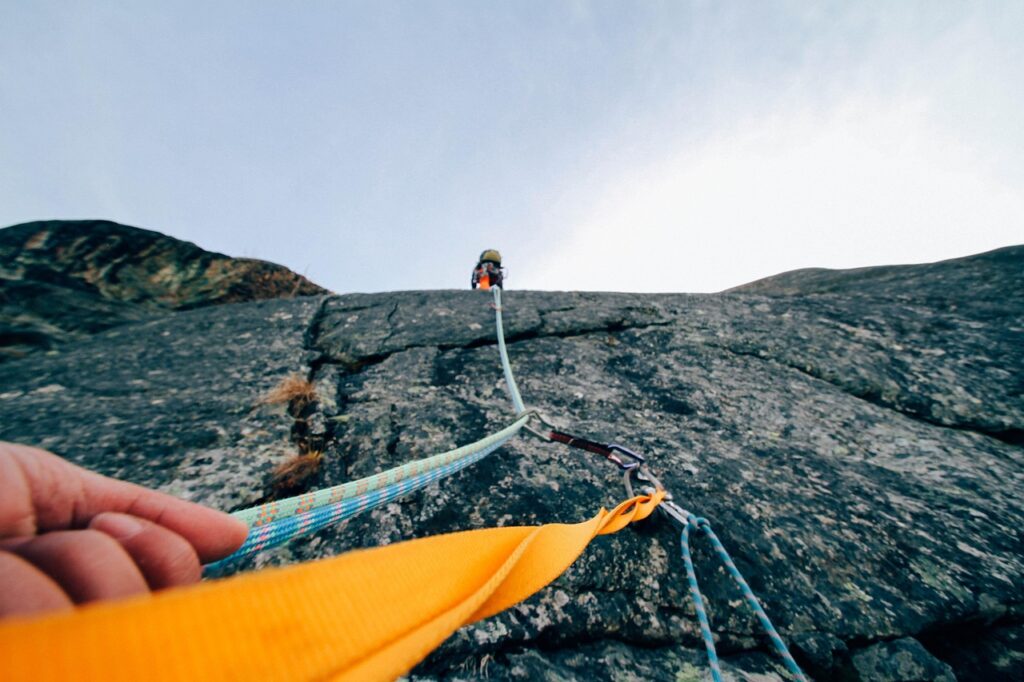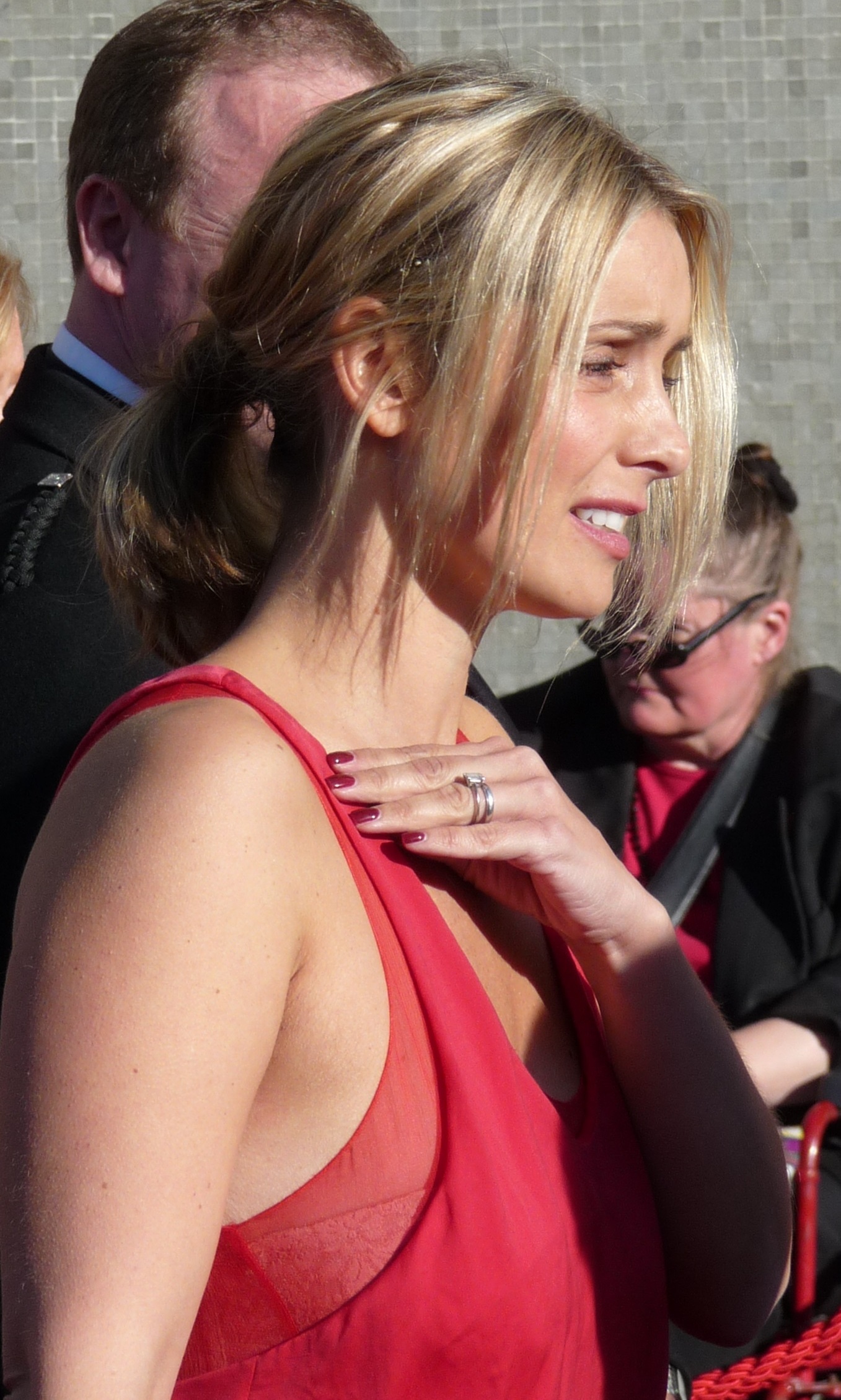
Garth Hudson, the revered multi-instrumentalist whose singular talent helped define the sound of The Band, passed away peacefully on Tuesday, January 21, 2025, at the age of 87. His death in a nursing home near Woodstock, New York, marks the end of an era, as he was the last surviving original member of the iconic group. Described by his former manager, Jim Della Croce, as a “brilliant man” and “the glue that made The Band, The Band,” Hudson’s contributions extended far beyond his instrumental prowess, touching the very soul of American roots music.
A musical genius and cornerstone of the group’s timeless sound, Hudson once articulated his artistic philosophy, stating, “I found some true enjoyment in helping people get to the bottom of their feelings.” Through an eclectic array of instruments and an unparalleled improvisational spirit, he indeed did just that, helping audiences and fellow musicians alike feel more deeply and connect to something greater. His profound influence on rock and roll, marked by a blend of classical training and an adventurous spirit, carved an indelible mark on music history.
This article delves into the formative years and initial triumphs of Garth Hudson, tracing his journey from a classically trained prodigy to an architect of one of rock’s most influential ensembles. We will explore the unique choices and foundational elements that shaped his distinctive artistry, from his early musical environment to his pivotal role in The Band’s groundbreaking sound and historic collaborations, setting the stage for a legacy that continues to resonate.

1. **Early Life and Classical Foundations** Born Eric Garth Hudson on August 2, 1937, in Windsor, Ontario, Canada, Hudson’s musical lineage was deep-seated. Both his parents were accomplished musicians; his mother played piano and accordion and sang, while his father, a farm inspector who had fought as a fighter pilot in World War I, played drums, C melody saxophone, clarinet, flute, and piano. This rich domestic musical environment undoubtedly fostered his early talents, moving with his family to London, Ontario, around 1940.
His musical education began early, with piano lessons and experiences playing organ at his church and his uncle’s funeral parlor, where he performed Anglican hymns. Hudson once told author Barney Hoskyns that “The Anglican church has the best musical traditions of any church that I know of,” revealing an early appreciation for sacred music. Classically trained in piano, music theory, harmony, and counterpoint, he wrote his first song at the age of eleven and played professionally with dance bands by twelve.
He attended Broughdale Public School and Medway High School before studying music, primarily Bach’s chorales and The Well-Tempered Clavier, at the University of Western Ontario. However, Hudson grew increasingly frustrated with the rigidity of the classical repertoire, leading him to drop out after a year. Despite this departure, his profound classical background remained a bedrock for his later innovations, providing a unique harmonic and theoretical depth to his rock compositions and improvisations.
Read more about: Navigating the Depths of FTD: Bruce Willis’ Health Decline and His Family’s Resilient Journey
2. **The Genesis of The Hawks and Ronnie Hawkins** In 1956, Hudson joined the London band the Silhouettes, which subsequently relocated to the Windsor/Detroit area, where musical work was more plentiful. It was there, in 1958, that the Silhouettes joined with fellow Londoner Paul “London” Hutchins, becoming Paul London and the Capers, a group that found moderate success and consistent work, recording songs in Toronto and Chicago.
During this period, Hudson primarily played saxophone and some piano, inspired by the style of Johnnie Johnson. A pivotal moment occurred when he first saw a Lowrey organ at a show in Detroit, an instrument he determined he would acquire, setting the stage for his unique sonic signature. His encounter with Ronnie Hawkins and Levon Helm came in the summer of 1961 after a Kapers show, when he was asked to join The Hawks, an offer he initially declined.
The Hawks, recognizing his exceptional talent, persisted. In December 1961, Hudson agreed to join the band on two crucial conditions: Hawkins had to buy him a Lowrey organ, and he demanded an extra $10 a week from each of the other band members to give them music lessons. This second condition was partly to justify the move to his parents, who he feared would believe he was “squandering his years of music education” by playing in a rock and roll band, underscoring his unique pedagogical role and classical gravitas within the nascent rock group.
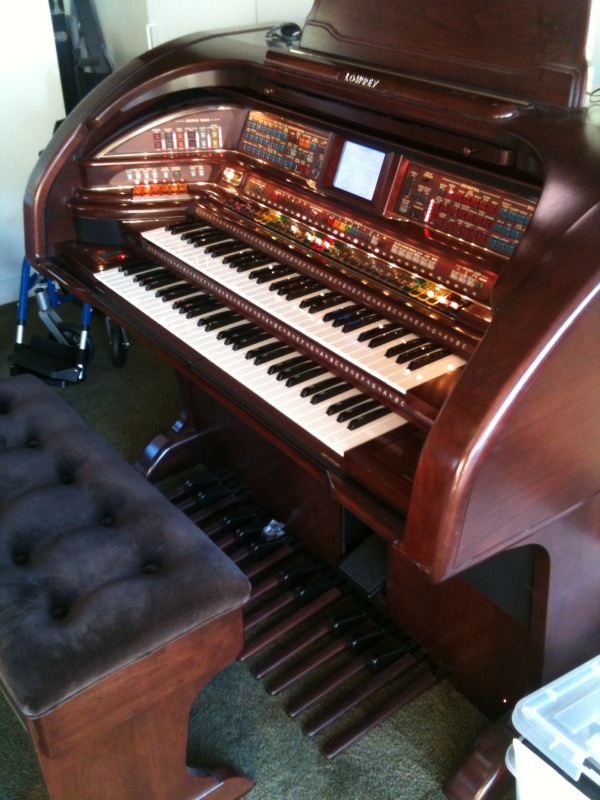
3. **The Distinctive Lowrey Organ: His Signature Instrument** Garth Hudson’s choice of the Lowrey organ stood in stark contrast to the prevalent use of the Hammond organ among rock and rhythm and blues musicians of his era, a testament to his independent musical vision. The Lowrey organ offered a different mix of features that appealed to his innovative sensibilities, distinguishing his sound from his contemporaries.
Upon joining The Hawks, Hudson made the procurement of a new Lowrey organ a non-negotiable part of his compensation, highlighting its importance to his artistic expression. His dedication to the instrument persisted throughout his career with Bob Dylan and The Band, playing three different models: originally a Festival (FL) console, replaced by a Lincolnwood TSO-25 during 1969, and later a horseshoe console H25 model, famously depicted in Martin Scorsese’s “The Last Waltz.”
Under Hudson’s innovative touch, the Lowrey organ became a signature element of The Band’s sound, providing a “church-like pipe-organ tone” that contributed a profound gravitas and depth. Keyboard magazine would later describe him as “the most brilliant organist in the rock world,” a testament to how his mastery extracted unique tonal qualities from an instrument often overlooked in rock music, creating complex emotional landscapes.
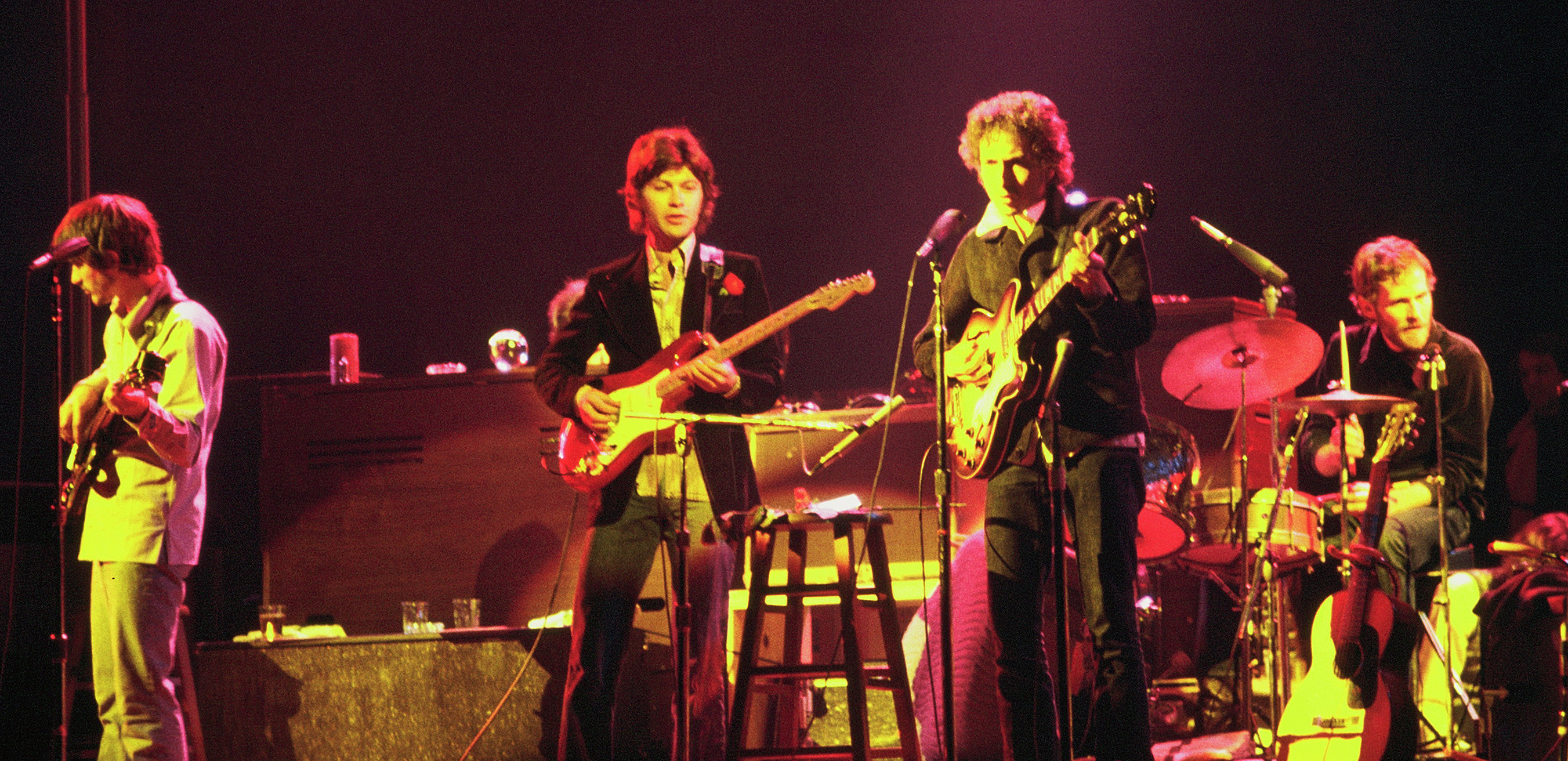
4. **Forging a Partnership with Bob Dylan and The Hawks/Band Formation** After splitting from Ronnie Hawkins in 1963, The Hawks, then often billed as Levon and the Hawks, spent two years touring almost continually, honing their craft and recording two singles. During this period, Hudson also began working as a respected session musician, playing on John Hammond, Jr.’s “So Many Roads” in 1965 along with Robertson and Helm.
A pivotal introduction came in August 1965, when manager Albert Grossman’s assistant, Mary Martin, introduced the group to Bob Dylan. This meeting initiated one of the most significant and transformative partnerships in rock history, as Dylan, famously transitioning from acoustic folk to electric rock, found in The Hawks the perfect complement to his evolving sound.
In October 1965, Dylan and The Hawks recorded the single “Can You Please Crawl Out Your Window?” and, in January 1966, recorded material for what would become the “Blonde on Blonde” album. Dylan then recruited the band to accompany him on his controversial 1966 “electric” tour of the United States, Australia, and Europe, a challenging period where Hudson’s “ornamented fills magnified the folk singer’s poetry.”
Subsequent to Dylan’s motorcycle accident in July 1966, the group settled in a distinctive pink house in West Saugerties, New York, near Woodstock. Dylan was a frequent visitor, and Hudson’s meticulous recordings of their collaborations using an Uher reel-to-reel tape recorder in the basement of this house resulted in the legendary “The Basement Tapes.” These sessions showcased Hudson’s “buoyant accompaniment” on tracks like “This Wheel’s on Fire” and “Million Dollar Bash,” allowing him to “play with these words” and engage in profound musical dialogue.
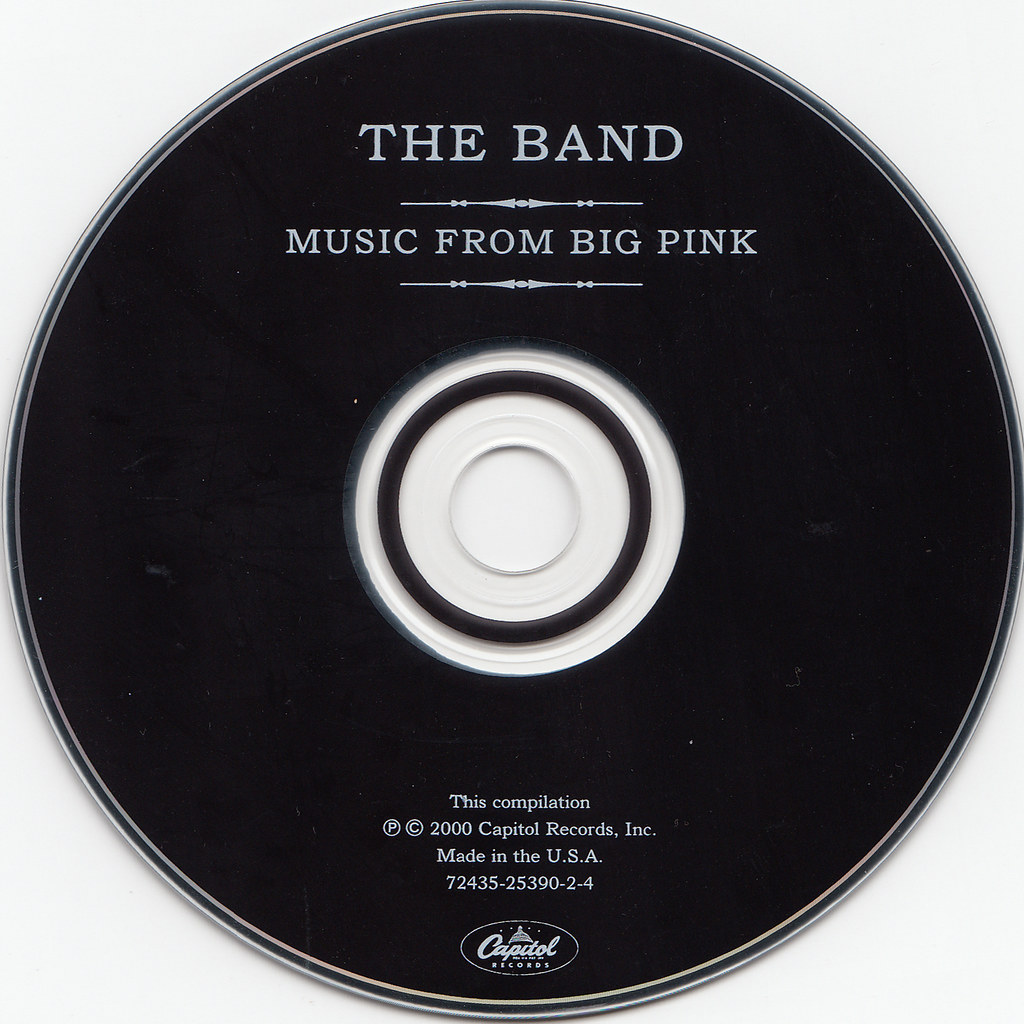
5. **The Birth of The Band and “Music from Big Pink”** By 1968, the group was ready to record its debut album. Although Capitol Records originally announced the group would be called “the Crackers,” they were officially named The Band upon the release of “Music from Big Pink.” This album, recorded in Los Angeles at Capitol and in New York at A&R Studio, marked a profound departure from prevailing psychedelic trends, delving instead into American roots music with a raw, authentic sound.
The choice of name, “The Band,” reflected a humble confidence and a powerful sense of collective identity, suggesting a group so inherently skilled and cohesive that no further descriptor was needed. It was a statement of purpose, signaling their unique position in the evolving musical landscape. The album quickly garnered critical acclaim, with the Rock and Roll Hall of Fame noting that The Band, “more than any other group, put rock and roll back in touch with its roots.”
“Music from Big Pink” showcased the intricate interplay between the five musicians, a synergy honed through years of relentless touring and the intimate, experimental sessions at Big Pink. Hudson’s contributions were central to this sound, providing a rich, textural backdrop and often a leading melodic voice. His unique approach to the organ, coupled with his classical training, infused the album with an unparalleled depth, cementing the group’s reputation for “musical prowess and unique blend of sounds.”
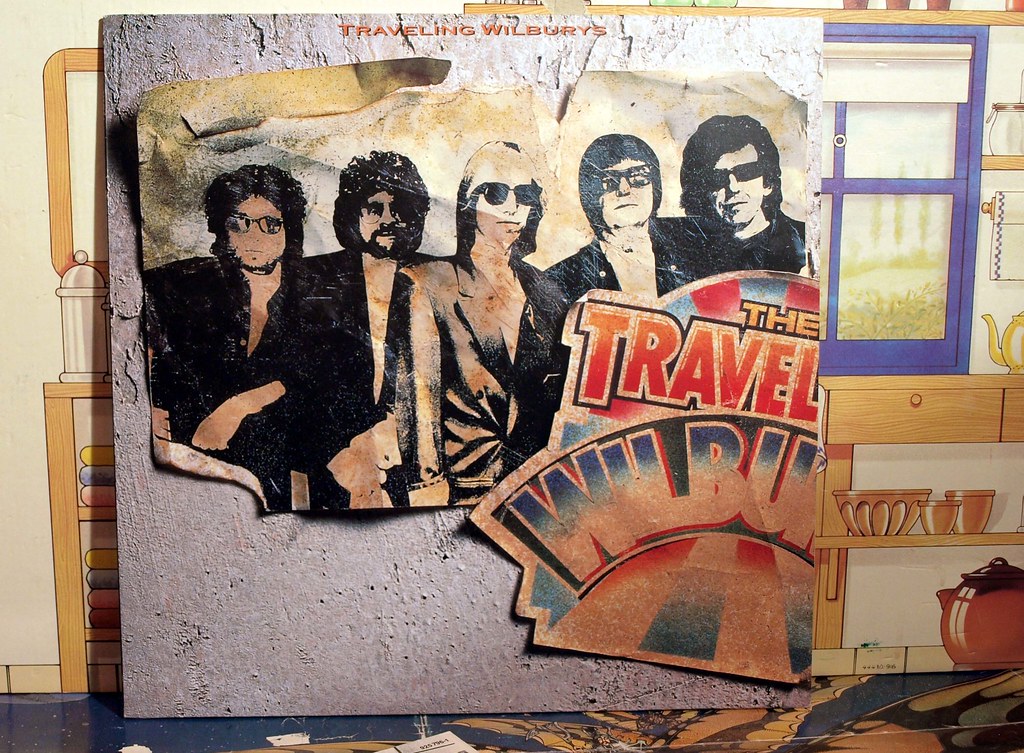
6. **”Chest Fever” and “The Genetic Method”: His Signature Organ Showcase** “Music from Big Pink” notably includes Hudson’s organ showcase, “Chest Fever,” a track that swiftly became one of The Band’s most recognizable and enduring compositions. This song, with its distinctively powerful organ opening, immediately established Hudson’s mastery and innovative use of the Lowrey instrument, making it a landmark in rock organ performance.
In live performances, “Chest Fever” was invariably prefaced by a vastly expanded solo organ introduction, famously titled “The Genetic Method.” This improvisational work was unique to each performance, showcasing Hudson’s extraordinary ability to spontaneously weave complex musical tapestries. Legend holds that for the life of The Band, Hudson never played the intro the same way twice, a testament to his boundless creativity and jazz-like approach to rock.
Examples of this improvisational genius abound, including The Band’s performance at Woodstock, where the organ intro was an improvisation based on Bach’s “Toccata and Fugue in D minor,” demonstrating his profound classical grounding transposed into a rock context. Another notable example is preserved on the live album “Rock of Ages,” capturing the dynamic and evolving nature of his musical explorations across various performances.
“The Genetic Method” stands as arguably “the greatest organ performance in rock history,” a profound fusion of “classical music reach, jazz wandering, and R&B grind.” It began with a fragment of Bach, then launched into extended improvisation, showcasing a level of musical sophistication rarely seen in popular music. This piece, more than any other, immortalized Hudson’s “church-like pipe-organ tone” and cemented his status as a true innovator.

7. **Beyond the Keys: Hudson’s Multi-Instrumental Mastery** While renowned for his innovative organ work, Garth Hudson was a true multi-instrumentalist, an aspect of his talent that significantly broadened The Band’s sonic palette and allowed for a rich, layered sound. His primary instruments extended well beyond the Lowrey organ to include piano, accordion, electronic keyboards, and an impressive array of saxophones, encompassing soprano, alto, tenor, baritone, and bass models.
His proficiency on the accordion, for instance, is prominently featured on several of the group’s recordings, adding a distinctive, soulful texture. Tracks such as “Rockin Chair” from The Band’s eponymous second album, the traditional “Ain’t No More Cane” from “The Basement Tapes,” Bob Dylan’s “When I Paint My Masterpiece,” and Bobby Charles’s “Down South in New Orleans” during “The Last Waltz” all bear the unique sound of his accordion work.
Hudson’s saxophone work also provided crucial textures and solos, adding another dimension to the group’s intricate arrangements. His expressive saxophone solos can be heard on early tracks like “Tears of Rage” from “Big Pink” and “Unfaithful Servant” from “The Band” album, demonstrating his versatility and the profound depth of his contributions to the ensemble’s unique and genre-defining sound.
A remarkable display of his comprehensive instrumental skill came on the 1975 album “Northern Lights – Southern Cross,” where Hudson is credited with playing all of the brass and woodwinds on the studio version of “Ophelia.” This album, notable for being the first recorded in The Band’s Shangri-La recording studio in Malibu, California, also saw Hudson further expanding his arsenal to include synthesizers, continually pushing the boundaries of the group’s sound and his own musical expression.
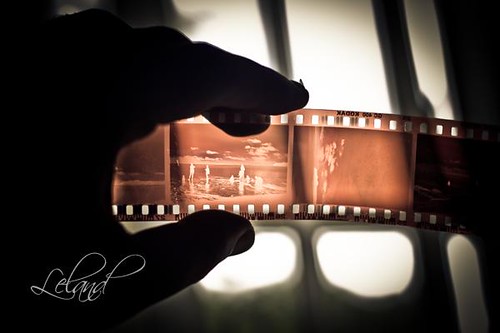
8. **The Last Waltz: A Grand Farewell and Enduring Document**By Thanksgiving Day 1976, The Band was ready to make its final bow as a touring ensemble, choosing a lavish, all-star concert at the Winterland Ballroom in San Francisco. This historic event, immortalized in Martin Scorsese’s iconic film “The Last Waltz,” featured a constellation of musical luminaries including Bob Dylan, Ringo Starr, Joni Mitchell, and Neil Young, creating a memorable send-off for a group that had deeply influenced the trajectory of rock and roll. Hudson, with his distinctive horseshoe console H25 Lowrey organ, played a central role in this grand spectacle, his image captured forever on film.
Leading up to this farewell, Hudson’s inventive spirit continued to shine in the studio, leaving an indelible mark on The Band’s sound. A prime example is his ingenious work on “Up on Cripple Creek,” where he channeled a clavinet through a wah-wah pedal. This created a swampy, almost percussive sound, reminiscent of a Jew’s harp or the croak of a frog, a testament to his ceaseless experimentation and ability to coax unique textures from his instruments. This particular clavinet–wah wah pedal configuration was later widely adopted by many funk musicians, further illustrating his pioneering influence.
The film “The Last Waltz” served not only as a documentation of a concert but also as a cultural touchstone, capturing the essence of a group that, as the Rock and Roll Hall of Fame noted, “more than any other group, put rock and roll back in touch with its roots.” Hudson’s intricate contributions and profound musicality were integral to this authenticity, underscoring The Band’s “musical prowess and unique blend of sounds” as they transitioned from active touring.
9. **Post-Band Ventures: Session Work and Personal Trials**Following the emotional climax of “The Last Waltz” and the release of their final studio album as the original lineup, “Islands,” The Band officially dissolved. Garth Hudson then embarked on a new chapter, transitioning into a prolific career as a highly sought-after session musician. During this period, he married his singer and actress wife, Maud, and acquired his own property, the Big Oak Basin Dude Ranch in Malibu, California, which he extensively renovated.
His reputation for versatility and unique instrumental textures made him a much-in-demand collaborator across a diverse musical landscape. Hudson’s distinctive touch graced movie soundtracks and albums for a remarkable array of artists, including Emmylou Harris, Van Morrison on his album “Wavelength,” and the legendary Leonard Cohen’s “Recent Songs.” His ability to seamlessly integrate his multi-instrumental talents into varied genres solidified his standing as one of rock’s most respected sidemen.
However, this period also brought personal challenges. In 1978, the Big Oak Basin Dude Ranch, including its impressive studio, was tragically destroyed by wildfires. Despite this setback, Hudson’s creative output continued, as evidenced by his composition of music for “Our Lady Queen of the Angels,” a multimedia show created for the Los Angeles bicentennial in 1980. In the early 1980s, he also accompanied The Call on one of their albums, even appearing in a music video for “The Walls Came Down,” showcasing his adaptability to the emerging MTV era.
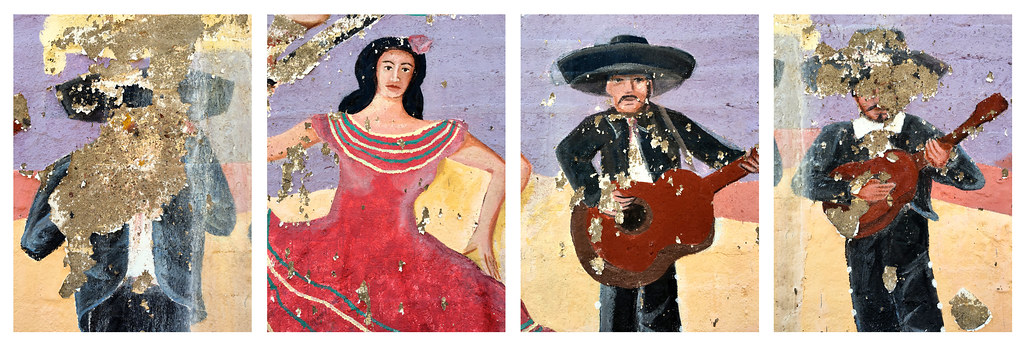
10. **The Band’s Resilient Returns and Profound Losses**A testament to their enduring bond and collective musical identity, The Band reformed in 1983, reuniting all the original members except Robbie Robertson. This return to the stage and studio signaled a new phase for the group, allowing them to reconnect with their audience and continue exploring their signature sound.
The path was not without sorrow. In 1986, the group faced a profound tragedy with the death by suicide of Richard Manuel, who had previously lived at Hudson’s ranch in 1978. This personal loss deeply impacted the remaining members, yet Hudson, ever the musical anchor, honored his bandmate by playing a selection of songs, including Anglican hymns and Bob Dylan’s “I Shall Be Released,” at Manuel’s funeral.
Despite the significant changes in their lineup and the weight of personal loss, the supplemented Band continued to tour and, remarkably, released three new albums in the 1990s. This period also saw Hudson participate in other notable projects, including recording “Feed the Birds” for Hal Willner’s “Stay Awake” album in 1988. In 1990, alongside bandmates Levon Helm and Rick Danko, he performed at Roger Waters’ massive concert of “The Wall” at the Berlin Wall, lending his accordion and soprano saxophone to the historic event. Hudson’s unwavering dedication to music and his bandmates shone brightly through these years of resilience.

11. **Emergence as a Solo Artist and Continued Creative Output**The dawn of the new millennium brought a significant milestone in Garth Hudson’s career as he released his first solo album, “The Sea to the North,” on September 11, 2001. This ambitious project allowed him to fully showcase his unique artistic vision and extensive musical repertoire independently, offering listeners a fresh glimpse into his complex musical landscapes.
While continuing to navigate personal financial challenges, including a third bankruptcy declaration in 2002 after Robbie Robertson bought out his stake in The Band, Hudson’s commitment to creating and performing music never waned. He remained prolific, joining Burrito Deluxe, a quasi-reunion of the country-rock group Flying Burrito Brothers, for two albums, “Georgia Peach” and “The Whole Enchilada.” In 2005, he formed his own 12-piece ensemble, The Best!, featuring his wife, Maud, on vocals, and released a live piano and vocal album, “Live at the Wolf,” with her.
His collaborative spirit and deep appreciation for his roots were further exemplified in 2010 with the release of “Garth Hudson Presents: A Canadian Celebration of the Band.” This remarkable album featured a diverse array of Canadian artists, including Neil Young, Bruce Cockburn, and Blue Rodeo, covering songs originally recorded by The Band. Hudson not only played on every single track but also co-produced the album with Peter J. Moore, cementing his role as a revered figure within the Canadian music scene and highlighting his enduring influence.
Read more about: Prince: A Retrospective on the American Musician’s Monumental Life and Career

12. **A Maestro for New Generations: Later Session Work and Enduring Influence**Even in his later years, Garth Hudson remained a highly sought-after session musician, a testament to his timeless talent and the unique textures he brought to any recording. A new generation of artists, including Neko Case, Chris Castle, Teddy Thompson, The Secret Machines, and The Sadies, eagerly enlisted his services, drawn to his unparalleled instrumental prowess and innovative approach.
This period highlights his remarkable ability to adapt and evolve, continually expanding his musical arsenal. On the 1975 album “Northern Lights – Southern Cross,” he was already credited with playing all of the brass and woodwinds on the studio version of “Ophelia,” and this album also saw him adding synthesizers to his collection. He further demonstrated this versatility by contributing an original electronic score to an off-Broadway production of “Dragon Slayers” in 1986, which was restaged in 1990.
Critics and fellow musicians continued to marvel at his playing. Greil Marcus, reflecting on a 2001 performance, vividly described Hudson’s piano work as “everywhere at once,” likening him to an “avant-garde pianist in a 1915 grindhouse,” where “forgotten girlie flicks and ‘In a castle dark…’ epics turning profound under his fingers.” Daniel Lanois’ 2007 DVD documentary “Here Is What Is” also prominently featured Hudson and his piano talent, underscoring his enduring relevance and the captivating quality of his musicianship.
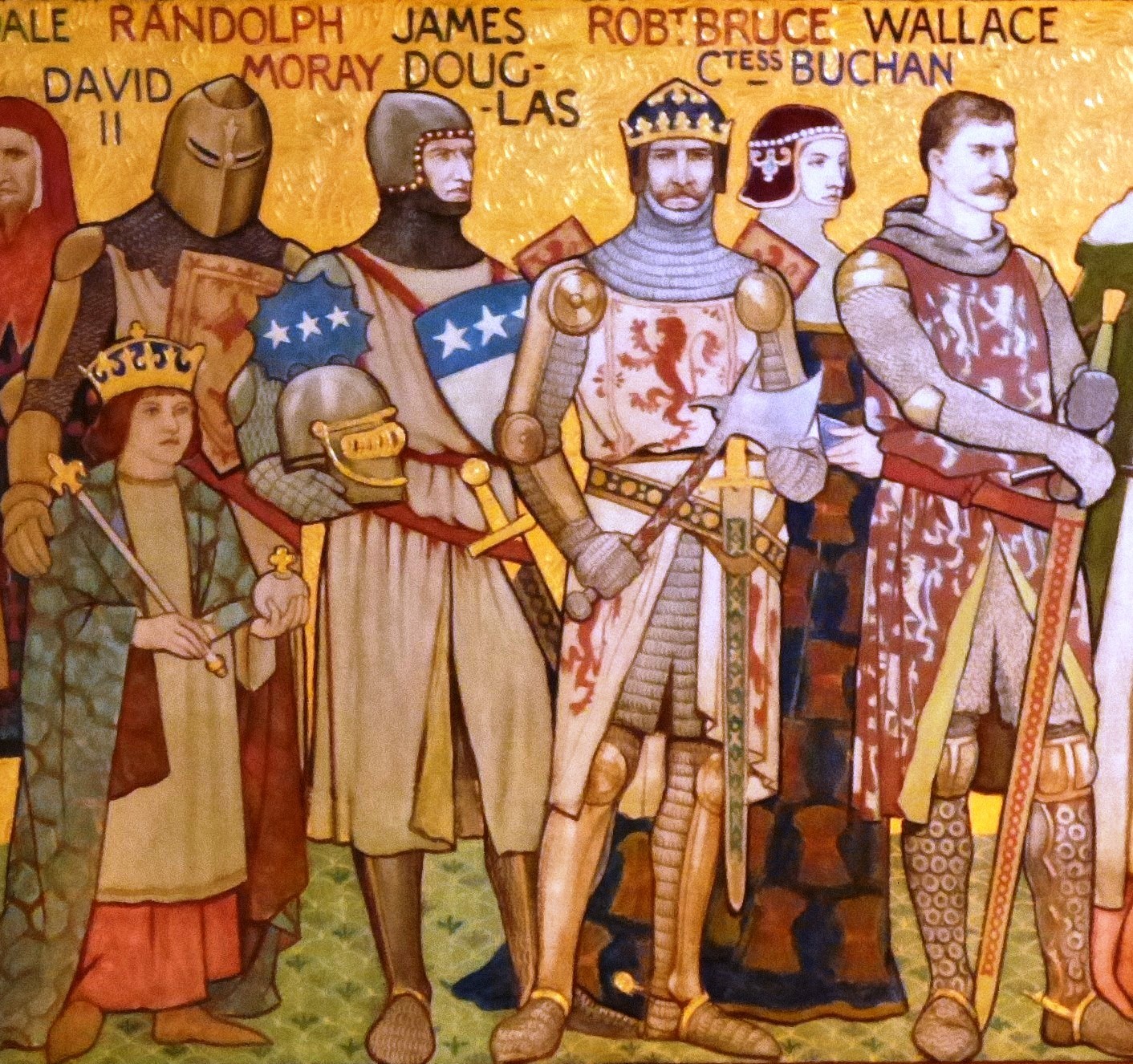
13. **Accolades and Honors: Acknowledging a Peerless Career**Garth Hudson’s extraordinary and multifaceted career was justly recognized with numerous prestigious awards and inductions, both for his pivotal role in The Band and for his individual contributions to music. These accolades collectively highlight the profound breadth and depth of his impact on generations of musicians and the fabric of rock and roll.
As a cornerstone member of The Band, he was fittingly inducted into the Juno Hall of Fame in 1989, a significant national honor. This was followed by the highly esteemed induction into the Rock and Roll Hall of Fame in 1994, solidifying the group’s legendary status in music history. The Band’s collective influence was further recognized with the Grammy Lifetime Achievement Award in 2008, a testament to their timeless and enduring contributions, and in 2014, they were inducted into Canada’s Walk of Fame.
His individual brilliance also garnered significant recognition. Hudson received the Canada South Blues Society’s Lifetime Achievement Award in 2002 and was honored as Instrumentalist of the Year at the Hamilton Music Award in 2005. His profound blues sensibilities led to his induction into the Blues Hall of Fame as a “Legendary Blues Artist” in 2012, and he was inducted into the London Music Hall Of Fame in 2014. In a crowning national achievement, Garth Hudson was appointed a Member of the Order of Canada in 2019, a fitting tribute to a musician whose artistry transcended boundaries and enriched the cultural landscape.
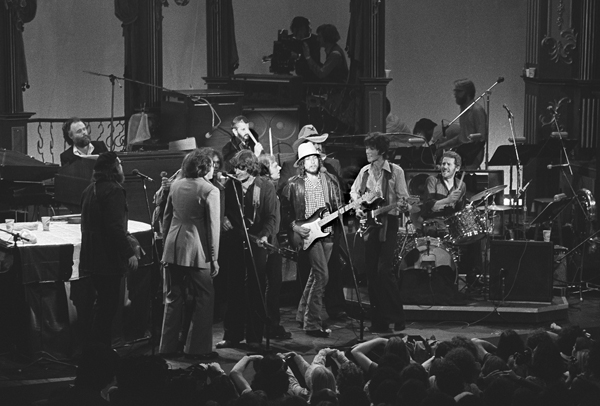
14. **A Lasting Imprint: The Legacy of Garth Hudson**Garth Hudson passed away peacefully on Tuesday, January 21, 2025, at the age of 87, in a nursing home near Woodstock, New York. His death marked the quiet close of an extraordinary chapter, as he was the last surviving original member of The Band. The news prompted an immediate outpouring of tributes from across the music world, echoing his former manager Jim Della Croce’s heartfelt sentiment that Hudson was the “brilliant man” and “the glue that made The Band, The Band.”
Among the many heartfelt messages, Bob Dylan, his legendary collaborator, offered a concise yet powerful testament: “Sorry to hear the news about Garth Hudson. He was a beautiful guy and the real driving force behind the Band.” This profound acknowledgment from Dylan underscores Hudson’s often-understated yet utterly essential role. His self-articulated artistic philosophy, “I found some true enjoyment in helping people get to the bottom of their feelings,” resonated in every note, indeed helping audiences and fellow musicians “feel more deeply and connect to something greater.”
Hudson’s legacy is a tapestry woven from unparalleled innovation, deep classical grounding, and an adventurous spirit that perpetually pushed musical boundaries. From his distinctive Lowrey organ sound, which Keyboard magazine lauded as coming from “the most brilliant organist in the rock world,” to his mastery of an impressive array of instruments, he created rich, complex emotional landscapes that continue to inspire. His final public appearance on April 16, 2023, performing Duke Ellington’s “Sophisticated Lady” in Kingston, New York, demonstrated that his unique “spark” never dimmed, remaining vibrant until the very end.
As the final notes of his extraordinary life fade, Garth Hudson leaves behind a timeless collection of music that transcends genres and generations. His groundbreaking work with The Band, his insightful solo explorations, and his extensive collaborations stand as a testament to a musician whose genius was not just in his hands, but deeply embedded in his very soul. He didn’t merely play music; he felt it, he communicated it, and through his profound artistry, he helped us all connect to something truly greater, securing his place as an eternal architect of sound in the indelible fabric of rock and roll.

